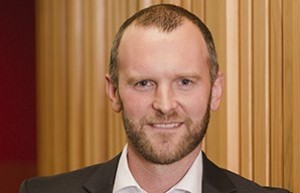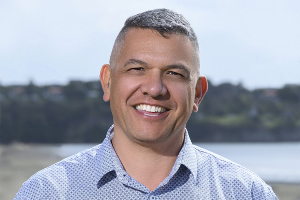
Kelvin Davidson
For the third month in a row investors have had 29% of the buying market, according to CoreLogic data.
It won’t last though. Recent policy changes are going to make buying existing properties less attractive, along with the reinstatement of 40% deposits for investors.
CoreLogic senior economist Kelvin Davidson says investors’ market share is likely to dip over the next few months.
“If so, the Reserve Bank’s job will have been made a little easier – for example, the need to restrict interest-only lending has probably lessened.”
When March’s 29% market share by mortgaged multiple property owners is added to cash buyers at 12%, there is a clear illustration of the role investors have been playing in recent months, says Davidson.
“Investor’s high market share has been seen in many parts of the country, including all the main centres, but most notably Hamilton.
“In the second quarter last year, mortgaged investors had a 30% share of purchases in that market, but now it’s 39%.”
Davidson says the rise in mortgaged investors’ market share has recently been boosted by those who have just made their first rental purchase (ie now own two properties), or are buying their second or third.
Combined, these two groups accounted for 16% of all property purchases in the first quarter of this year.
“It is suspected these smaller players will have had the strongest incentive to get their savings out of term deposits and borrow to invest.”
Inertia in the system may mean that any effects from the Government’s new policies and bigger deposit requirements take time to show through in the data. But from about June onwards CoreLogic is anticipating its Buyer Classification figures will be showing a drop for mortgaged investors’ market share.
That occurred from late 2016 and into 2017, which was the last time investors required a 40% deposit.
The million dollar question, says Davidson is whether or not cash-rich investors and owner-occupiers will replace mortgaged investors “one for one” when it comes to purchasing existing properties. CoreLogic’s sense is they probably will. But it will be watching closely for any divergence in price trends between existing and new-builds.
Meanwhile, although first home buyers are still faring relatively well in terms of their number of purchases, their market share has dipped in the past few months – 25% in the third quarter of last year to 21% in March.
Davidson says this hints they are starting to struggle to keep pace with investors. He believes this isn’t surprising when the strength of soaring house prices in the past six to nine months is taken into account and what that means for saving a deposit.
First home buyers who managed to buy in March paid a median price of $650,000. This is $100,000 more than a year ago, requiring an extra $20,000 on the deposit.



